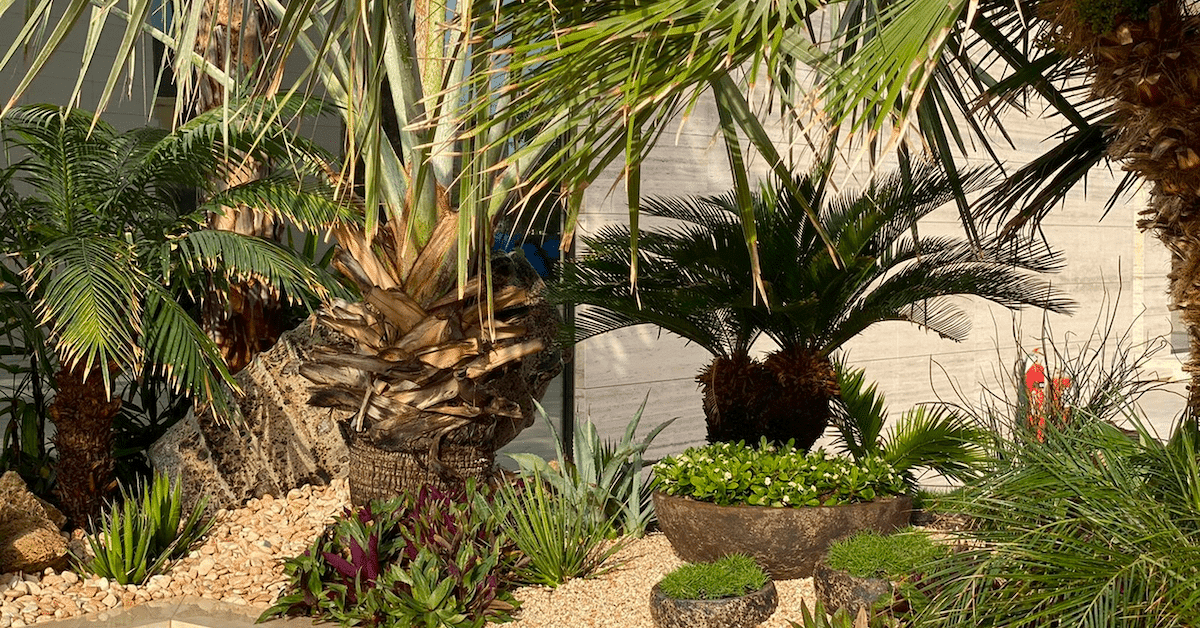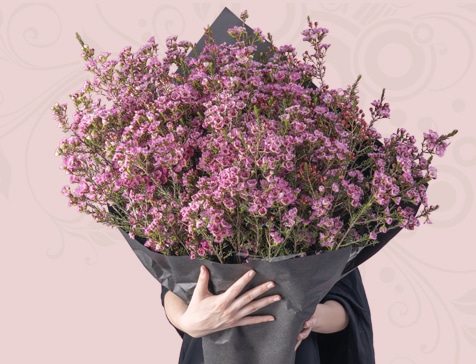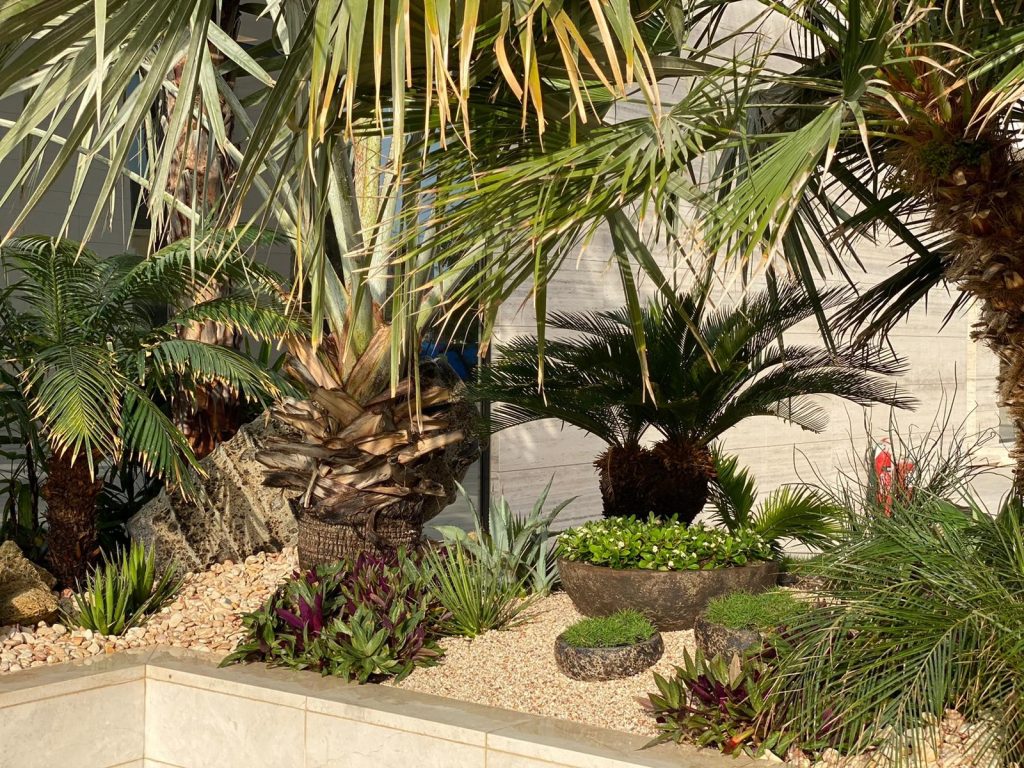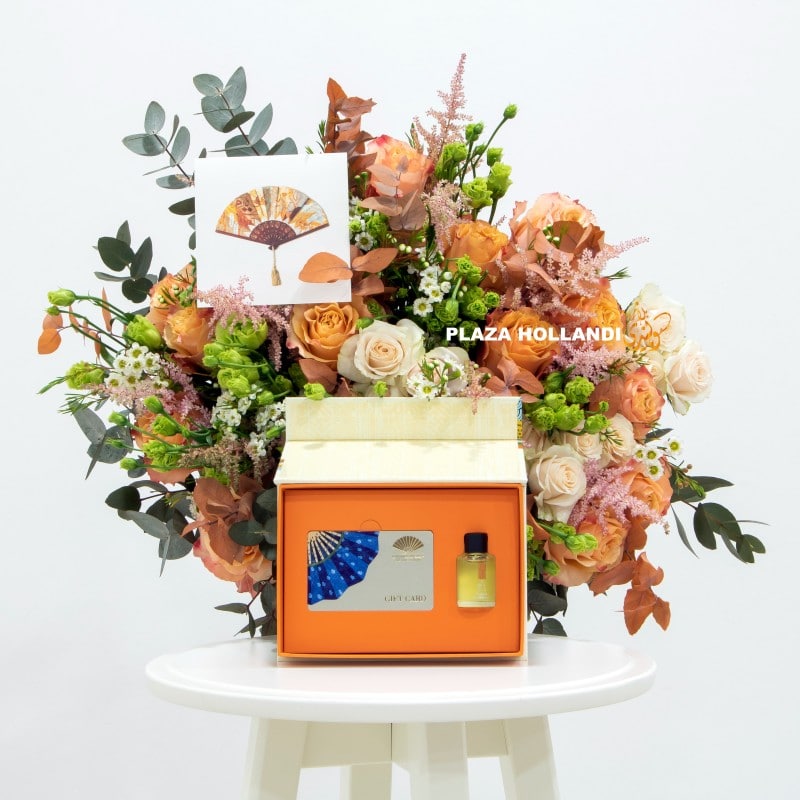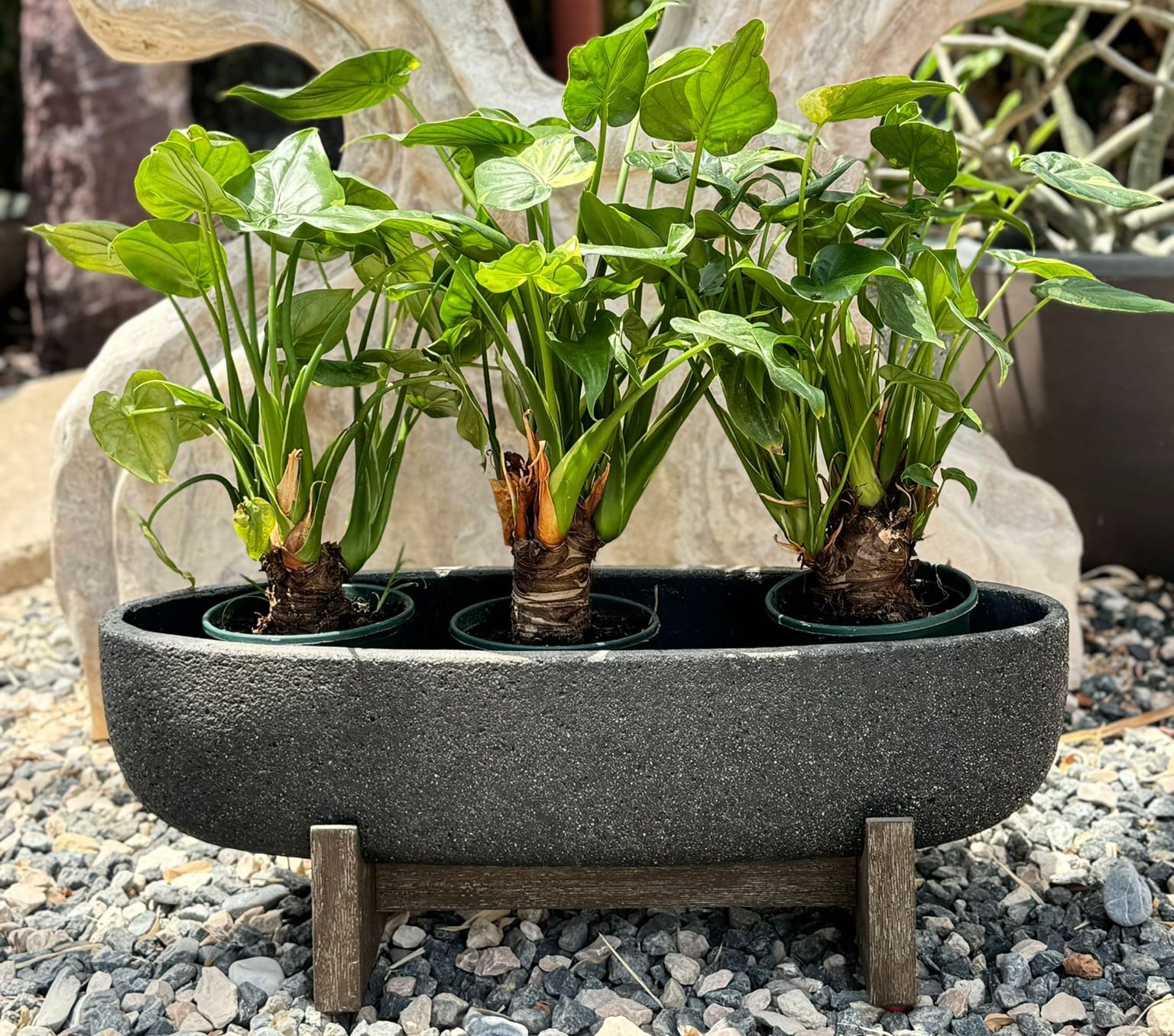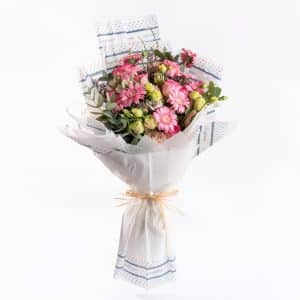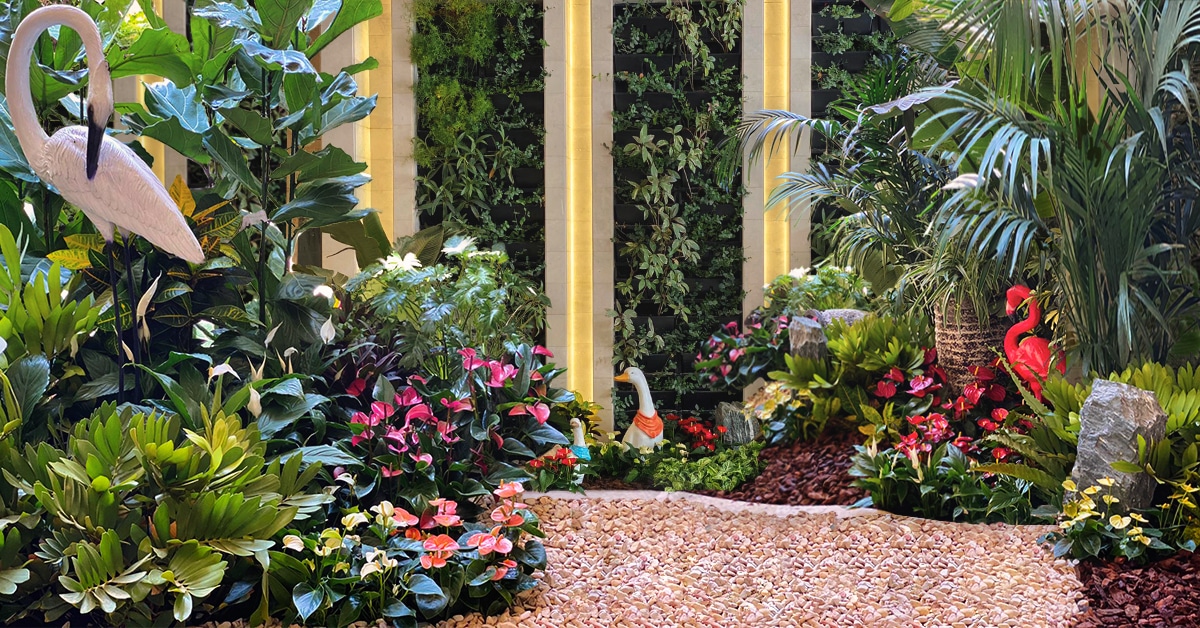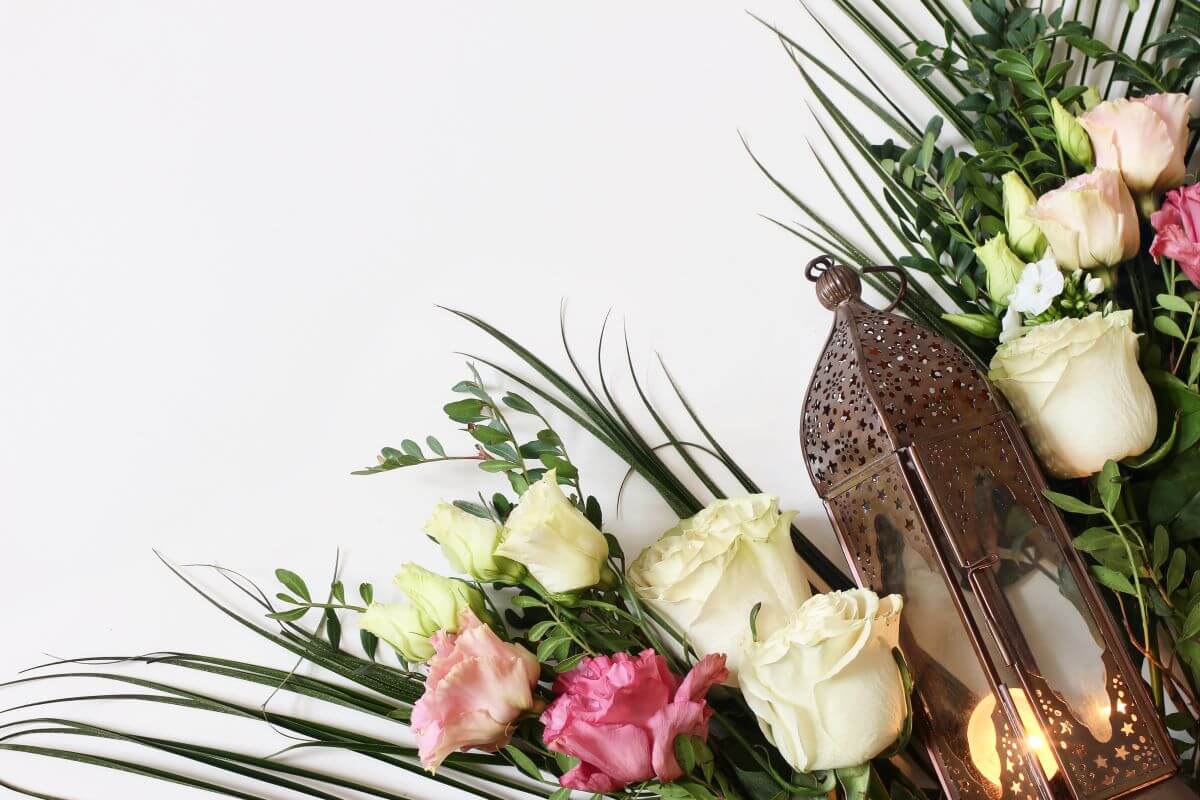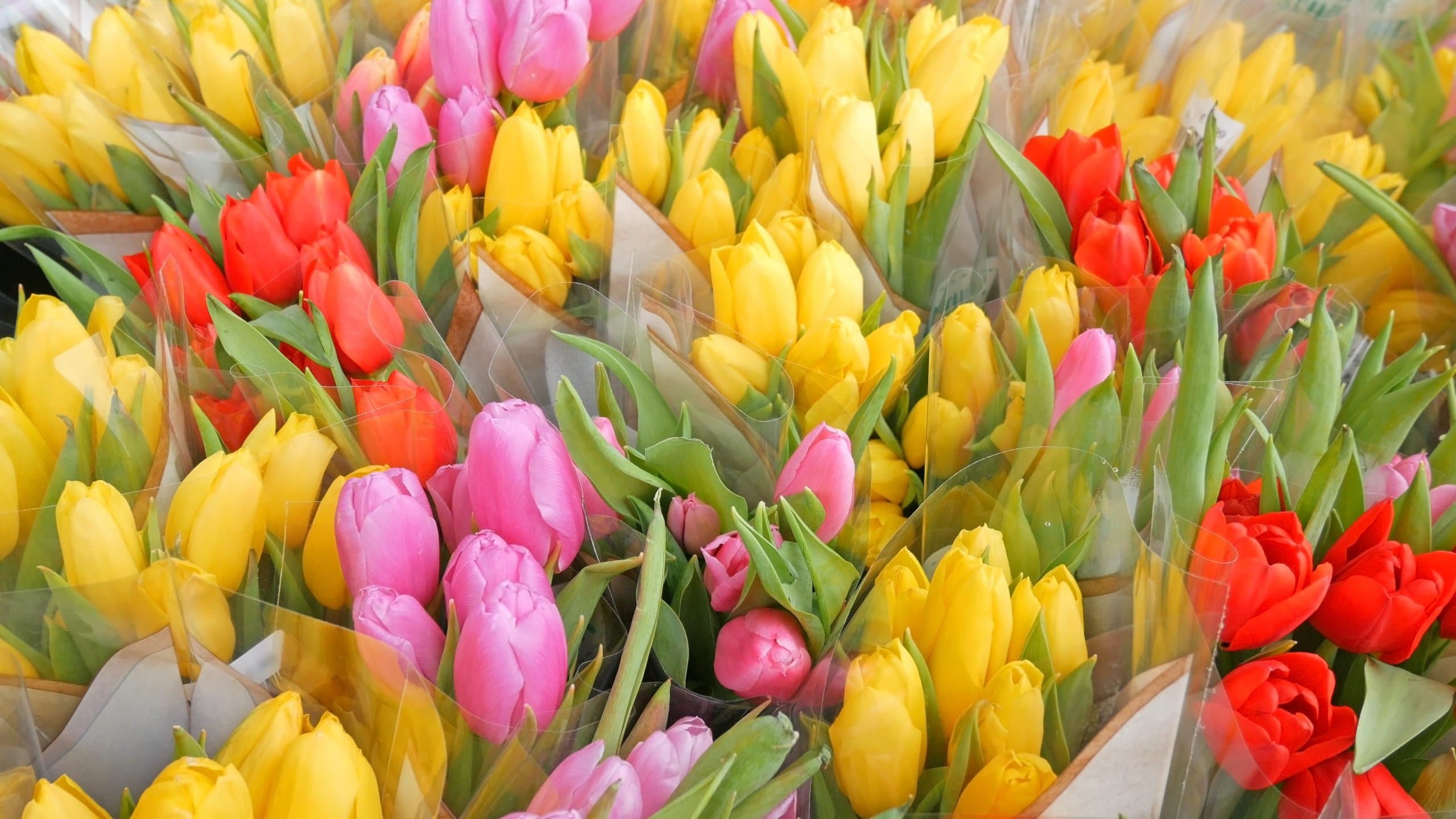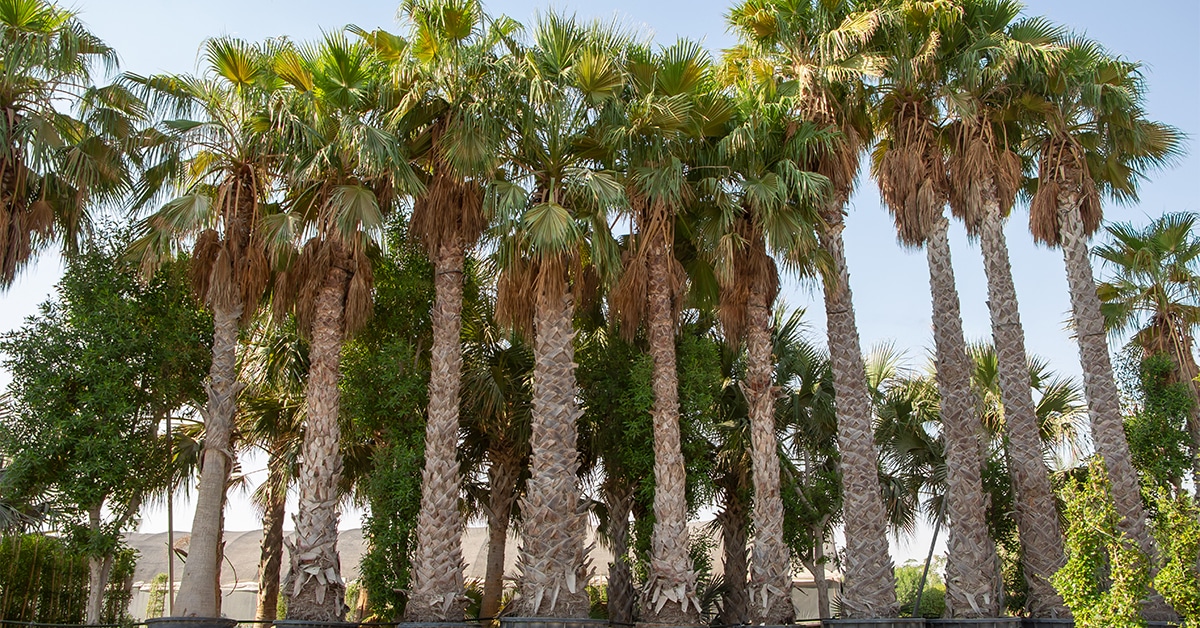Introduction
Finding the right indoor plants for spaces with limited natural light can be a daunting task for many home enthusiasts. Whether it’s a north-facing room or an area distant from windows, creating a thriving indoor garden in shady spots presents unique challenges. However, selecting the best indoor plants that thrive in low-light conditions not only enhances the aesthetic appeal of your home but also contributes to better air quality and a healthier living environment. This article explores a curated selection of indoor plants perfectly suited for shady spaces, offering practical insights into their benefits, care requirements, and how they can transform even the dimmest corners into green sanctuaries. By understanding the characteristics of these plants and implementing proper care techniques, you can create a lush and vibrant indoor garden that flourishes despite minimal sunlight, bringing nature’s beauty indoors year-round.
Understanding Shady Environments
Shady environments indoors typically refer to areas with limited access to natural light, such as rooms facing north or spaces distant from windows. These conditions pose challenges for plant growth because most plants rely on sunlight for photosynthesis, the process by which they convert light into energy. In shady areas, plants may receive indirect or filtered light, which is often less intense and may fluctuate throughout the day.
The main challenge of growing plants in low-light environments is the reduced availability of light energy, which directly impacts their ability to thrive and grow. This can lead to slower growth rates and weaker plants if not properly addressed. Additionally, lower light levels can contribute to increased humidity and the risk of overwatering, as the soil may retain moisture longer without sufficient sunlight to aid in evaporation.
Understanding these challenges is crucial when selecting indoor plants for shady spaces. Choosing plants that are adapted to low-light conditions, such as those with variegated or darker foliage that can photosynthesize more efficiently under minimal light, is essential. By selecting the right plants and implementing appropriate care practices, you can successfully create a green oasis in even the darkest corners of your home, enhancing both aesthetics and indoor air quality effectively.
Top Indoor Plants for Shady Spaces
Choosing the right indoor plants for shady spaces involves selecting varieties that can thrive with minimal natural light. Foliage Plants are excellent choices for low-light environments due to their ability to photosynthesize efficiently under indirect light. Snake plants (Sansevieria) are renowned for their resilience and air-purifying qualities, making them ideal for offices or bedrooms with limited sunlight. ZZ plants (Zamioculcas Zamiifolia) require little maintenance and can tolerate low-light conditions remarkably well, making them perfect for beginners. Spider plants (Chlorophytum comosum) are another popular option, known for their air-purifying abilities and cascading foliage that adds a touch of elegance to any space.
For Flowering Plants, Peace lilies (Spathiphyllum) thrive in low-light settings and produce striking white blooms, enhancing indoor aesthetics while also purifying the air. Chinese evergreens (Aglaonema) come in various leaf patterns and shades, thriving in low light and requiring minimal upkeep. Philodendrons are versatile, with some varieties like the heartleaf philodendron (Philodendron hederaceum) thriving in low light and others needing a bit more indirect sunlight.
These plants not only survive but thrive in shady environments, providing greenery and enhancing indoor air quality with minimal sunlight, making them perfect choices for homes or offices with limited natural light.
Benefits of Indoor Plants in Shady Spaces
Indoor plants bring numerous benefits to shady spaces beyond just adding greenery to your decor. One of the primary advantages is their ability to enhance air quality by absorbing carbon dioxide and releasing oxygen through photosynthesis, even in low-light conditions. This natural air purification process helps to reduce pollutants such as volatile organic compounds (VOCs) emitted by household materials and improves overall indoor air freshness.
In addition to their air-purifying qualities, indoor plants contribute significantly to the aesthetic appeal of shaded environments. Their varied shapes, textures, and colors can transform dull corners into lively, inviting spaces. Plants like peace lilies and snake plants not only thrive in low-light settings but also produce elegant blooms or interesting foliage patterns that add visual interest and beauty.
Furthermore, studies suggest that indoor plants have positive effects on human health and well-being. They can help reduce stress levels, increase productivity, and create a calming atmosphere conducive to relaxation. Their presence in indoor environments has been linked to improved mood and enhanced concentration, making them beneficial additions to home offices or study areas with limited natural light.
By incorporating indoor plants suited for shady spaces, you not only improve the visual appeal of your home but also create a healthier, more enjoyable indoor environment for yourself and your family.
Care Tips for Indoor Plants in Shady Spaces
Successfully caring for indoor plants in shady spaces requires understanding their specific needs and providing appropriate care to ensure their health and longevity.
Watering: Proper watering is crucial. In low-light environments, plants typically require less water because they’re not photosynthesizing as actively. Avoid overwatering, which can lead to root rot. Instead, allow the top inch or two of soil to dry out between waterings.
Light Requirements: While these plants tolerate low light, they still need some indirect sunlight. Place them near north-facing windows or in areas where they can receive filtered light throughout the day. Rotate plants occasionally to ensure even light exposure and balanced growth.
Humidity: Indoor environments can be dry, especially in winter. Increase humidity around plants by misting them occasionally or placing them on a humidity tray with water and pebbles.
Soil: Use well-draining potting mix to prevent waterlogging, which can suffocate roots. Consider adding perlite or sand to improve drainage.
Temperature: Most indoor plants prefer stable temperatures between 65-75°F (18-24°C). Avoid placing them near drafts or heating/cooling vents.
Maintenance: Regularly remove dust from leaves to allow for proper photosynthesis. Prune yellow or dead leaves to maintain plant health and appearance.
By following these care tips and adapting them to the specific needs of each plant species, you can create a thriving indoor garden in shady spaces, enhancing your home’s atmosphere with lush greenery and benefiting from improved indoor air quality and aesthetics.
Conclusion
Choosing and caring for indoor plants suited to shady spaces not only enhances the beauty of your home but also promotes a healthier indoor environment. Plants like snake plants, peace lilies, and ZZ plants not only thrive in low-light conditions but also contribute to air purification and overall well-being. Their presence can transform dull corners into vibrant, inviting areas, adding texture and life to your decor.
By understanding the unique requirements of plants in shady environments and providing proper care—such as appropriate watering, light management, and occasional maintenance—you can ensure their longevity and continued vitality. Whether you’re decorating a north-facing room or brightening up a corner away from windows, these plants offer a versatile and sustainable solution. Embrace the benefits of indoor gardening to create a serene and refreshing atmosphere in your home, where greenery thrives despite minimal natural light, providing lasting enjoyment for you and your family.
